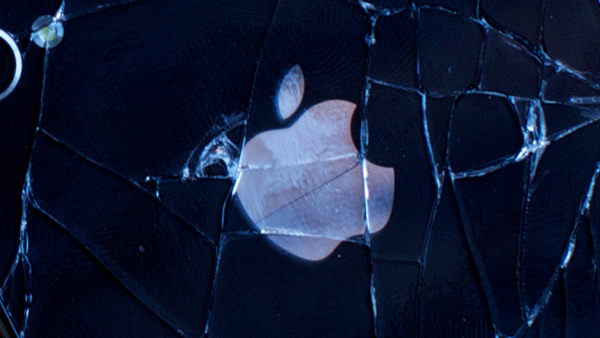Scientists Publish Research Into Self-Healing Material, Posing A Future Of 'Bruisable' Gadgets

A team of scientists at the University of South Mississippi have presented research that indicates gadgets of the future could be made of a self-healing plastic material that is designed to ‘bruise’ when dropped or scratched in order to make damaged areas noticeable to the user. The device could theoretically then be placed in direct sunlight for a few minutes in order to the material to literally heal itself, repairing the damage and eventually causing the bruising to fade, bearing striking similarities to human skin.
The research was presented by Marek Urban, a professor of polymer science, and a team of colleagues to the American Chemical Society in San Diego, California last week. Urban describes the new material as  inexpensive and posits “it could be used anywhere really. There are millions and millions of applications, ranging from transportation to sensing to space to energy to cosmetics to health, medicine and many [more] things. The sky is the limit.”
inexpensive and posits “it could be used anywhere really. There are millions and millions of applications, ranging from transportation to sensing to space to energy to cosmetics to health, medicine and many [more] things. The sky is the limit.”
Although major advances in self-healing material have been made in recent years, Urban's material is the first example of a self-healing material that changes colour to correspond to the amount of damage inflicted. What's more, the material can be applied to just about any kind of surface, just like you'd apply varnish to wood or paint to your walls.
Like all plastics, the material itself is made of up long chains of polymers. However, in this instance, the chains are linked by “small molecular bridges that break and change the plastic's shape when it is scratched” (New Scientist). In what Urban described as an “attempt to mimic nature”, the material can heal itself through nothing more than being exposed to UV light, or even being subjected to a change in temperature or pH conditions, conditions that allow the molecular structure to return to its original state.
“You think it is science-fiction,” Urban said. “But really, it is not.”

